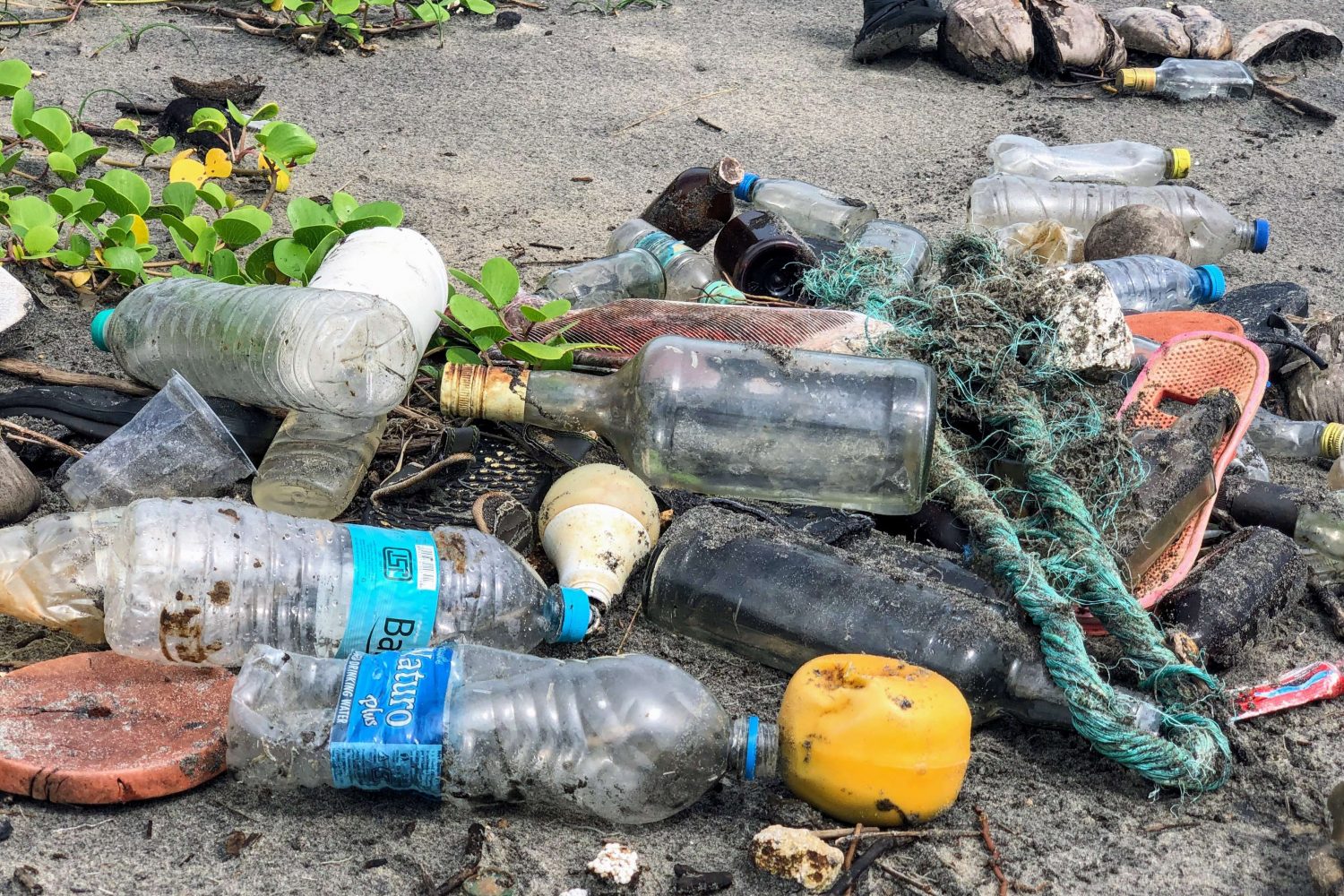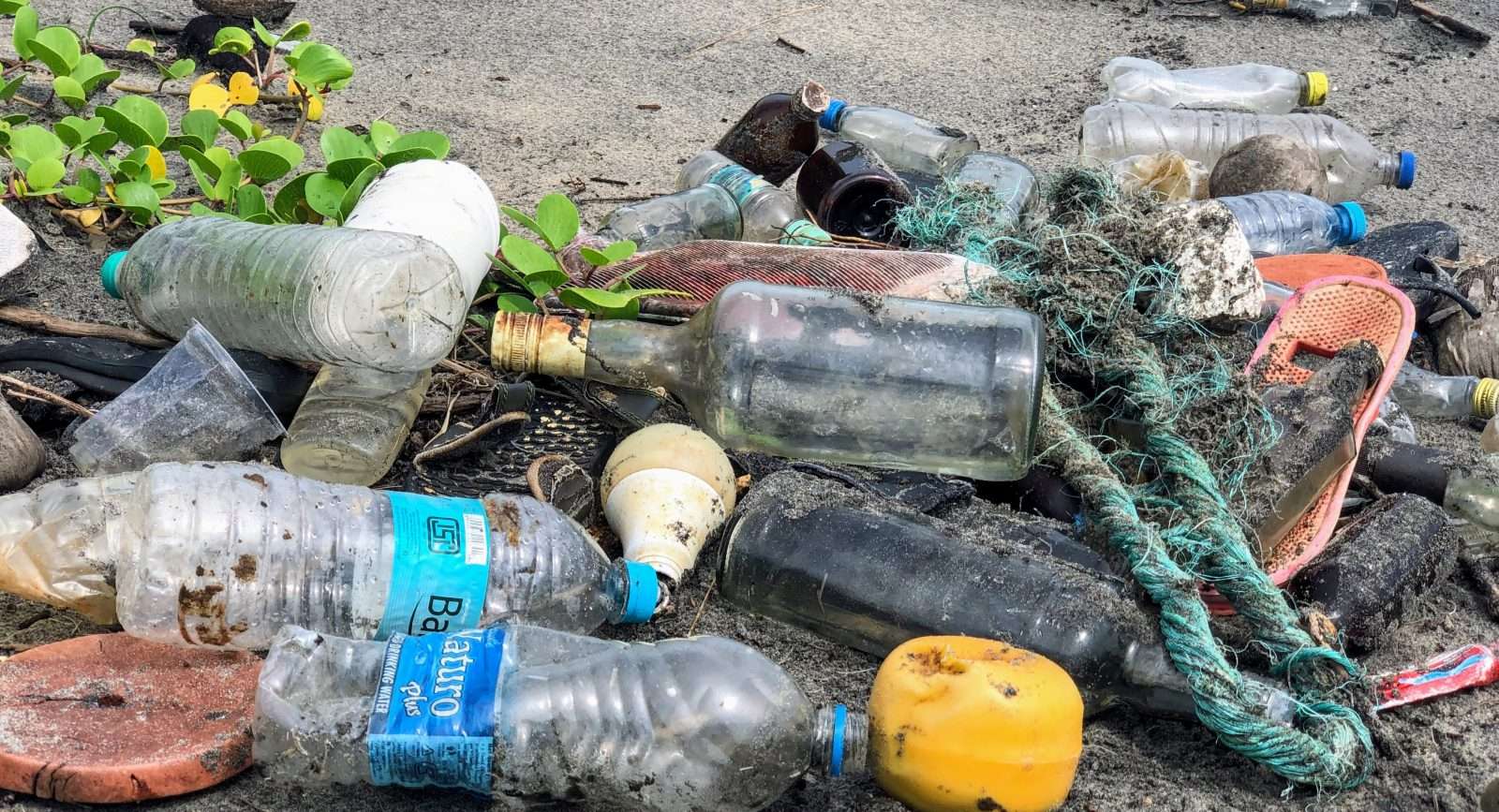What is non-biodegradable waste?
Non-biodegradable waste is waste that does not degrade or break down in the natural environment. Non-biodegradable waste includes materials like plastics, insulation, and food packaging.
According to the Environmental Protection Agency (EPA), non-biodegradable waste makes up more than 20% of all municipal solid waste (MSW) in the United States. In fact, it’s projected that by 2025, the amount of non-biodegradable waste will equal the amount of biodegradable waste produced annually.
Why is non-biodegradable waste a problem?
The problem with non-biodegradable waste is that it doesn’t break down into natural resources as composting does. This means that it has to be disposed of in a way that doesn’t release toxins into the environment. The EPA reports that non-biodegradable waste can release harmful chemicals, including cancer-causing substances and heavy metals, into the air and water.
How does non-biodegradable waste impact the environment?
Non-biodegradable waste is created when organic material, such as food scraps and yard trimmings, is broken down by bacteria into molecules that cannot be converted back into plant matter. These waste products can take many years to break down, releasing harmful chemicals and pollutants into the environment. In landfills, these waste products can create methane gas and other toxic compounds, which can damage the environment and human health.
There are several ways to manage non-biodegradable waste properly in order to minimize the impact on the environment. Some effective methods include composting, recycling, and landfill diversion (keeping waste out of landfills).
Composting is an effective way to recycle non-biodegradable materials and turn them into soil amendments that can be used in gardens or landscaping. Composting requires a lot of patience and time, but it is a very sustainable way to manage waste. Recycling reduces the number of virgin materials needed to create new products, and it helps reduce pollution from manufacturing processes. Recycling also creates jobs in the manufacturing sector. Landfill diversion (keeping waste out of landfills) techniques help reduce the amount of non-biodegradable waste that ends up in landfills.
Non-Biodegradable Waste Management Methods
This section focuses on the various methods used to manage non-biodegradable waste. It includes information on waste reduction, reuse, recycling, and safe disposal.
Waste Reduction
Waste reduction is an effective way of managing non-biodegradable waste. It involves reducing the amount of waste produced by consumers and industries. Some of the ways to achieve waste reduction include the use of sustainable materials, purchasing products with less packaging, and reducing single-use plastic.
Related article:
Environmental consequences of nonbiodegradable waste
 Non-biodegradable waste is a growing issue across the globe. According to the United Nations Environment Programme, by 2025, around 32% of global municipal solid waste will be non-biodegradable. This includes items like plastics and insulation, which are not broken down by the natural processes of decay.
Non-biodegradable waste is a growing issue across the globe. According to the United Nations Environment Programme, by 2025, around 32% of global municipal solid waste will be non-biodegradable. This includes items like plastics and insulation, which are not broken down by the natural processes of decay.
As landfills fill up and become less viable, municipalities are turning to various methods to dispose of this waste. Unfortunately, many of these methods have negative environmental consequences.
For example, dumping non-biodegradable waste into landfills often leads to methane emissions (harmful gas released from waste). Methane is a potent greenhouse gas that contributes significantly to climate change. Landfills that contain large amounts of non-biodegradable trash also create air pollution, which can cause respiratory problems in people nearby.
It’s clear that we need new ways to manage our non-biodegradable waste. Fortunately, there are several promising alternatives on the horizon. For example, some companies are developing technologies that can convert non-biodegradable materials into renewable fuels or compostables.
What is being done to help reduce the effects of non-biodegradable waste?
There is a growing concern over the effects of non-biodegradable waste on the environment. In response to this, various methods are being implemented to help reduce the amount of this waste produced.
One such method is the use of biodegradable materials in place of non-biodegradable ones. This can be done by using biodegradable plastics, for example, or by composting organic material instead of discarding it as waste. Other methods involve reprocessing non-biodegradable materials so that they can be broken down into their original components and then eliminated from the environment.
Sustainable practices that can be adapted
This section highlights some of the sustainable practices that individuals and organizations can adopt to manage non-biodegradable waste effectively.
Biodegradable Alternatives
The use of biodegradable alternatives is an effective way of managing non-biodegradable waste. Biodegradable materials such as plant-based plastics, paper straws, and biodegradable packaging can help reduce the amount of non-biodegradable waste produced.
Circular Economy
The circular economy is a system that involves the reuse and recycling of waste materials to create new products. This system aims to eliminate waste and reduce the environmental impact of non-biodegradable waste.
Government Policies
Government policies can play a crucial role in managing non-biodegradable waste. Policies such as extended producer responsibility (EPR) and plastic bag bans can help reduce the amount of non-biodegradable waste produced and promote sustainable practices.
Also Check:
- Biodegradable Waste Management: The Perfect Solution For A Sustainable Earth
- Understanding Biodegradable Waste and Non-Biodegradable Waste
Conclusion
In conclusion, effective non-biodegradable waste management is crucial to protect the environment and promote sustainable practices. Adopting sustainable practices such as waste reduction, reuse, recycling, and safe disposal can help manage non-biodegradable waste effectively.
FAQs on Non-Biodegradable Waste
Q1. What is non-biodegradable waste?
A: Non-biodegradable waste is waste that does not degrade or break down in the natural environment. Non-biodegradable waste includes materials like plastics, insulation, and food packaging.
Q2. What are some examples of non-biodegradable waste?
A: 3 Examples of Non-biodegradable waste are plastics, insulation, and food packaging.


